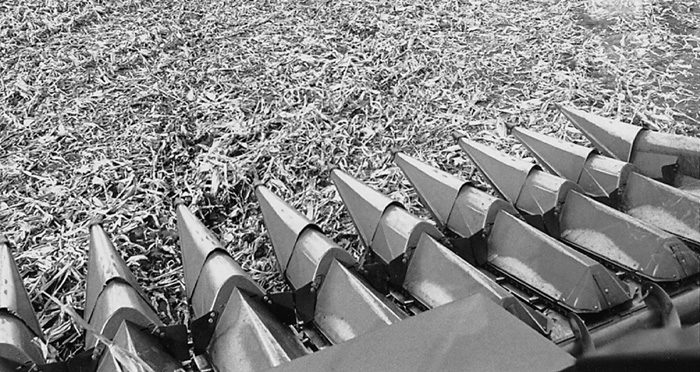No-Till Farmer
Get full access NOW to the most comprehensive, powerful and easy-to-use online resource for no-tillage practices. Just one good idea will pay for your subscription hundreds of times over.

In the mid-1990s, Exira, Iowa, farmer Tom Muhr was thinking of narrowing his rows down from 30 to 20 inches. He had thought long and hard about the decision, mulling over the concerns he had about the re-emerging practice’s popularity.
He met with Pioneer representatives and heard whispers of 10-percent yield increases, which were pretty standard at the time when it came to narrower rows. His main apprehension, though, was that 20-inch rows wouldn’t be narrow enough for soybeans.
“I’d been planting my soybeans in 30-inch rows,” recalls Muhr. “I knew I had to go narrower than that so I went to a no-till grain drill and wasn’t happy with that because of the variable seed placement and the poor seed-to-soil contact. The chances of getting a poor stand were a lot greater using a grain drill.”
Instead, he set up his no-till planter for 20-inch-row corn and soybeans and began working his mostly rented 7,000 acres, which include level areas, steep hills, bottom ground and terraced land.

“The narrow-row corn really helped with erosion,” Muhr says. “The last few years have been pretty wet in my area, but I could tell once the corn got up a little ways, it softened the rain a little more.”
Muhr attributes the 10-percent yield increase to the fairly equidistant spacing in 20-inch corn. Corn ears were also more uniform in the highly erodible areas.
“I no-till corn at a seed population between 30,000 and 35,000 per acre in 20-inch rows,”…